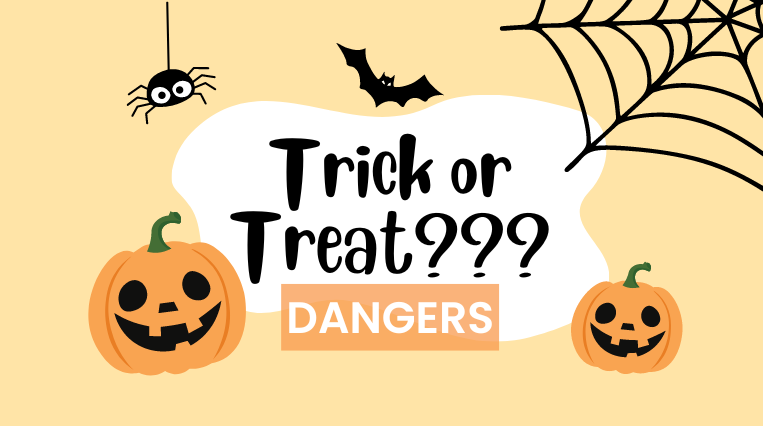
Halloween 2024 (Oct 31)

Trick or Treat???
Halloween is Approaching
Halloween is here again and many children look forward to dressing up and trick or treating their local neighbourhood. With many families within the Early Education sector this may be the first Halloween they will be participating in with their children. But it can also be a time when children learn some dangerous lessons that could make them more vulnerable to abusers. Let’s take a look at some of these lessons we are teaching our kids and make sure we don’t get caught in some of these common traps.
Make sure you tell parents about this – and encourage them to do the 7 Steps 2 Safety course to ensure they protect their children during this event and over the holiday season and into the future. Your advice could be the best present they get this year!
Feeling Safe
Young children love dressing up in their favourite costumes, it may be Buzz Light Year, or a princess but remember they may not understand the concepts of Halloween. We see many young children become frightened and confused around some of the scary outfits they are going to encounter in their neighbourhood, especially in the dark!
Remember these helpful hints to help young children through their first Halloween.
1. Make sure we encourage parents to stay with their child. If very young children are scared of a costume or the person’s scary act then there’s no need to push them to interact. Let children learn the lesson that when they let a parent know they’re scared, then they will be protected and will feel safe again. This is the very beginning of teaching children to listen to their instincts and feelings and then making good choices to feel safe.
If children are a little older you can talk with them about how they’re feeling. Make sure you validate their fear so they learn to listen to their instincts instead of ignoring them. You could say, “I can see you’re feeling scared and frightened. That’s okay – that person looks scary.” Then you can discuss how the person isn’t real, and it’s just a bit of fun. You should also let them know that you’ll stay with them and watch them . Make sure you talk to them later about how they listened to their feelings and told someone about feeling scared and now they feel safe – so they learn that trusting their feelings and talking to people about them is good.
2. Try to Trick or Treat when it is still light or just on dusk so the experience of Halloween is not too scary for the little ones. Parents should be mindful that darkness does add a dimension to young children’s fear. By the child being able to see more around them at this time will make the experience feel safer for them.
A Less Stranger Kind of Danger
Halloween is a great time for parents to start to teach children how to identify risk and assess situations. Often Halloween provides neighbourhoods’ the opportunity to socialize and talk to people who other than the passing wave or polite hello do not have interaction with the family of children at any other time during the year.
Parents can provide simple rules around safe environments for their young children like:
1. We are looking for houses with their front porch light on as these are the households who are taking part in Halloween.
2. Entry and exit of the house. Teaching young children to only enter yards where the path to the front door and the porch area can be seen from the road.
3. Teaching children never to enter a house or a garage without their parent. Even if they know the person and they are invited in!!!
Remember when children are greeting or saying goodbye to neighbours – let them decide how they’d like to do that. Don’t trample all over children’s instincts by forcing them to yell Trick or Treat. Children have a right to make choices and a right to feel safe. If they don’t feel comfortable with communicating help them through the process don’t push them to do it. If children are scared or apprehensive, validate that feeling and let them know it’s okay to be a little worried about people sometimes – and then encourage them to make a choice to feel safe. It’s important to remember that when it comes to child abuse, statistics tell us that friends and family are more likely to be offenders than strangers – so don’t drop your guard and don’t squash your child’s instincts even around family and friends.

